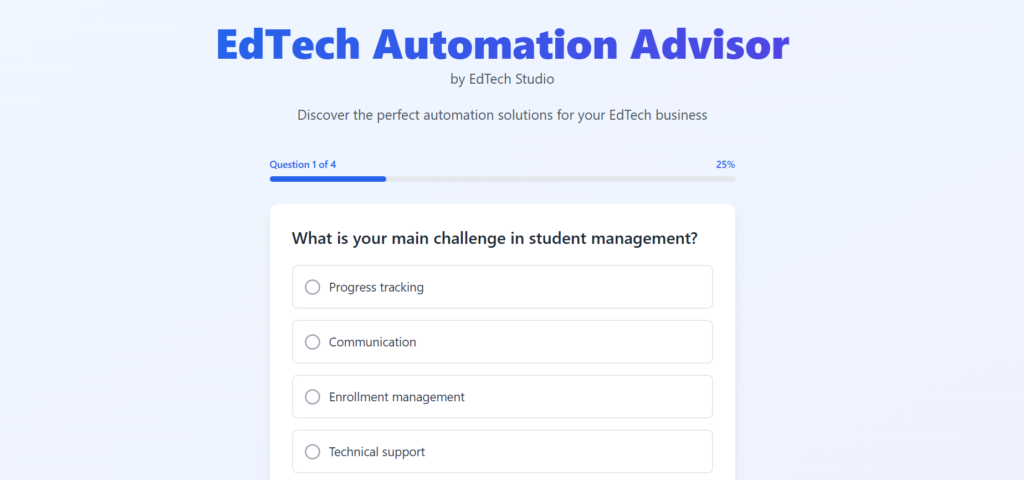In the 21st century, education is undergoing an extreme makeover, powered by the integration of technology. Educational Technology, better known as EdTech, has emerged as a driving force in redefining how students learn, educators teach, and institutions operate. But what is EdTech, and why is it pivotal in the future of education ?

What is EdTech?
EdTech is the use of technology to facilitate and enhance learning experiences. It is an overarching term that includes a wide variety of tools, platforms, and practices that harness digital innovation to improve educational outcomes. These include interactive apps, adaptive learning software, virtual classrooms, AI-driven tutoring systems, and even hardware like tablets and VR headsets.
At its very core, EdTech seeks to make education more accessible, personalized, and efficient, aligning learning methods with the demands of the modern world.
The Impact of EdTech on Education
1. Personalized Learning
Perhaps the most meaningful of all EdTech’s contributions, this is a personalized experience based on the needs and performance of the individual in each learning environment. Thus, adaptive learning platforms offer ongoing analysis of students’ progression and dynamic adjustment toward every learner’s needs for proper difficulty and support. This approach honors diversities in learning style and pace, moving away from the one-size-fits-all model.
2. Global Accessibility
EdTech breaks geographical barriers to education. Online courses, virtual classrooms, and digital resources have opened up opportunities for quality education to students living in remote or underserved areas. Initiatives like MOOCs democratize knowledge, making it free for anyone with an internet connection.
3. Engagement and Motivation

Interactive tools, gamification, and multimedia elements have made learning more engaging. Lessons that incorporate simulations, games, or visually rich content are bound to keep students more motivated. These tools make learning fun, but they also reinforce retention by immersing learners in the material.
4. Enhanced Collaboration
Technology encourages collaboration among students and educators. Zoom, Google Classroom, Microsoft Teams, and more allow for real-time interaction, discussion forums, and group projects to take place even when participants are miles apart.
5. Data-Driven Insights
EdTech tools collect a lot of data on student performance, attendance, and behavior. This information can be put to use by educators to identify trends, predict challenges, and intervene at the right time. Data analytics helps institutions refine teaching strategies and improve overall efficiency.
Challenges of EdTech
While the benefits are many for EdTech, it doesn’t come without its setbacks, as evidenced by:
. Digital Divide : Inequity exists in the access to technology and computers by some students over others.
. Privacy and Security : The collection and storage of sensitive student data raise concerns about cybersecurity and data privacy.
. Teacher Training : Teachers need to be properly trained in the use of new tools and their integration into teaching methodologies.
. Cost : Advanced EdTech solutions are rather costly, and therefore schools and institutions may have budgetary inhibitions.
The Future of EdTech
The potential of EdTech is boundless. Emerging technologies such as AI, Augmented Reality, and Blockchain are promising to further revolutionize education. For example :
. AI : Virtual tutors, real-time feedback, and learning style detection.
. AR/VR : Perhaps immerse them in a historical experience or a science experiment simulation.
. Blockchain : secure, tamper-proof credentials and transcripts.
With each evolution, the success of EdTech will depend on designing inclusive, ethical, and sustainable solutions to various learner needs worldwide.
Educational Technology is no longer a luxury; it is a necessity in a rapidly digitizing world. By embracing EdTech, education can become more equitable, efficient, and effective. As we navigate this digital revolution, it is crucial to ensure that no learner is left behind, leveraging technology as a bridge to a brighter, more connected future.

